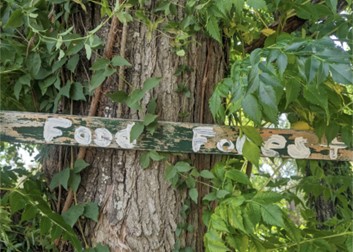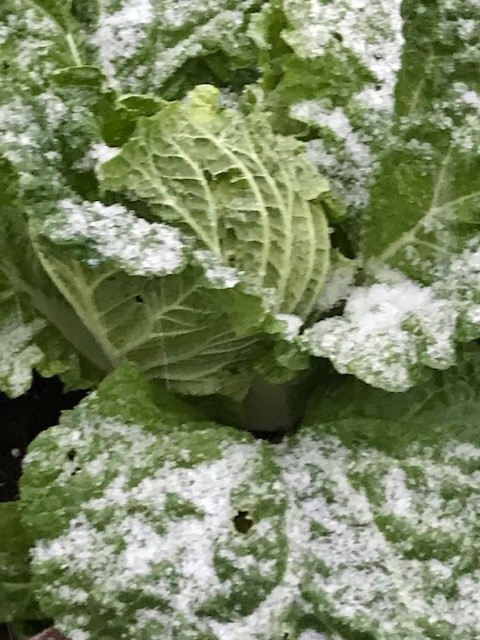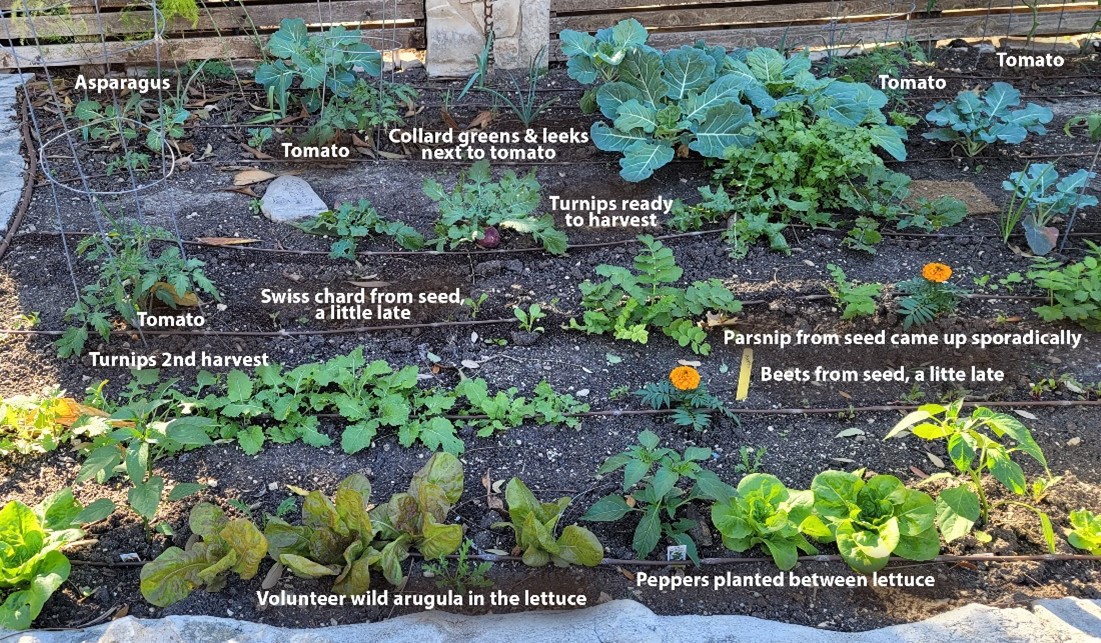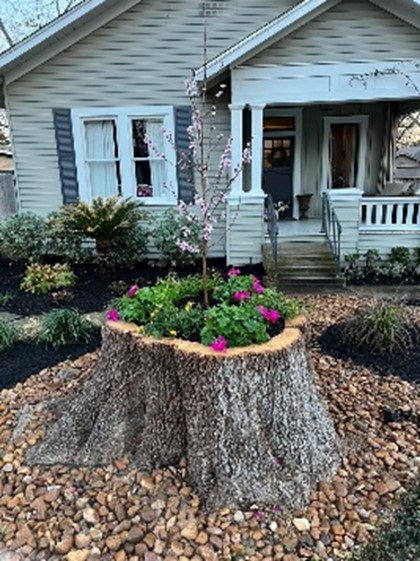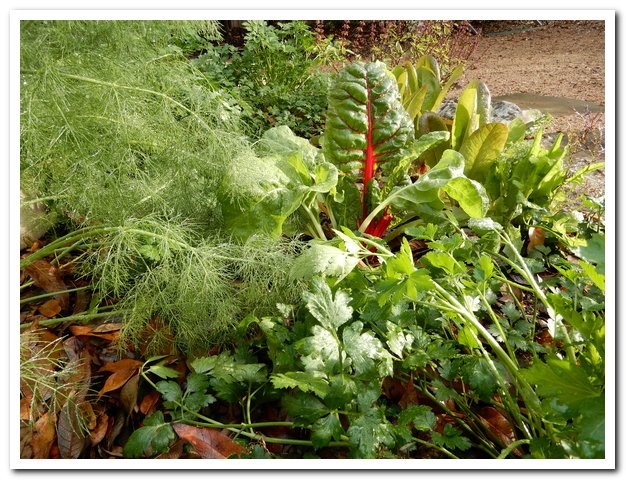By Melody Stramer, Bexar County Master Gardener February 2024 Whenever anyone asks me for recommendations for their yard, especially if they are new to the area or new to gardening, I always mention Texas Superstars. Gardening in south Texas is challenging! The extremes of heat, cold and drought with attendant water restrictions that have plagued us in the last few …
Growing Connection through Food Forest Gardens
By Izabella Monzon, Bexar County Master Gardener Intern January 2024 Gardening has a way of bringing me back to the present moment. When I am gardening, I feel a connection to the land. I honor this by learning to identify the native perennials and wildlife in the landscape. If I’m not careful, a walk through a city park trail can …
Frosts, Freezes, and Hard Freezes
By Bill Swantner, Bexar County Master Gardener Reviewed and updated December 2023 After an extremely hot summer, our recent cold temperatures have brought welcome relief. Winter officially starts December 21st, and it is time to get ready for the colder temperatures. A freeze occurs when temperatures hit below 32oF. When the temperature gets this cold the weather forecasters speak of …
How to Get the Most Out of Your Small Garden
By Bonnie Giddens, Bexar County Master Gardener Intern October 2023 Urban vegetable gardening is experiencing a resurgence for a variety of reasons, and every gardener faces different challenges when trying to squeeze a vegetable garden into an urban landscape. Sometimes we need to think “outside of the raised bed box” that is the most common approach for planting an urban …
Stumped with Dead Palms
by Josie Seeligson, Bexar County Master Gardener January 2023 More than 20 years ago, my husband and I bought a property in rural South Texas, and I started planting. Besides a few heritage live oaks and mesquite trees, there was little shade, color, or interest in and around the house and barn compound. But deep South Texas has magically transformed …
New Year in the Garden
by Melody Stramer, Bexar County Master Gardener After being confined to our homes for so long, some of us may feel we are in a rut. Here are some ideas to consider at this time of planning for the new garden year, plus some encouragement to think outside the box and expand our perspectives. First, take a leisurely walk around …
What’s Wrong with my Turfgrass?
by Bill Swantner, Bexar County Master Gardener There must be a dozen types of grasses grown as “lawn grass” in the state of Texas – but Texas is a big state. Along the coast of Texas, the turfgrass must be able to grow in sandy soil with a high salt content; in far west Texas the temperatures can be blistering …
Climate Change & Plant Hardiness Zones
By Agnes Palys-McLean Most of us are familiar with plant hardiness zones that appear in many plant and seed catalogs. They serve as a guide to help determine which plants and trees are best suited for our growing area and which are likely to die due to the cold. The United States Department of Agriculture (USDA) plant zone hardiness maps …
Inland Sea Oats: A Low-Maintenance Shade Plant
By Melody Stramer, Bexar County Master Gardner Two of the most common questions we encounter at Master Gardener presentations are: (1) what plants grow well in shady conditions and (2) what plants are deer resistant? With that in mind, I’d like to introduce you to Inland Sea Oats, a plant that I only recently discovered, despite living here since 2009. …
Light and the Landscape
Holiday lights are up for a short time but, flood lights, porch lights, street lights, and “light-scaping” are more permanent. Can this source of artificial light during dark hours affect flowers, trees, and turfgrass? Generally speaking, “it depends”, but it’s quite possible that artificial sources of light at night can be detrimental to landscape plants.
- Page 1 of 2
- 1
- 2


